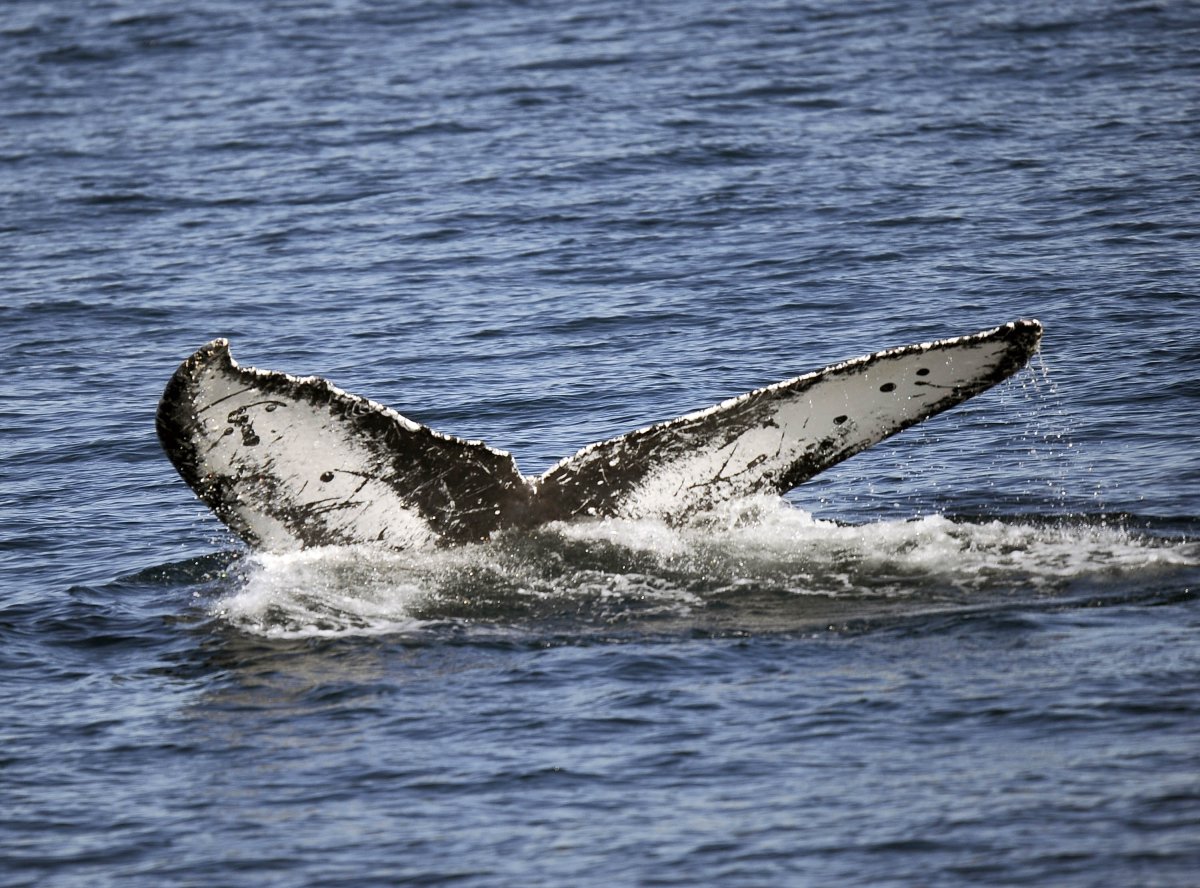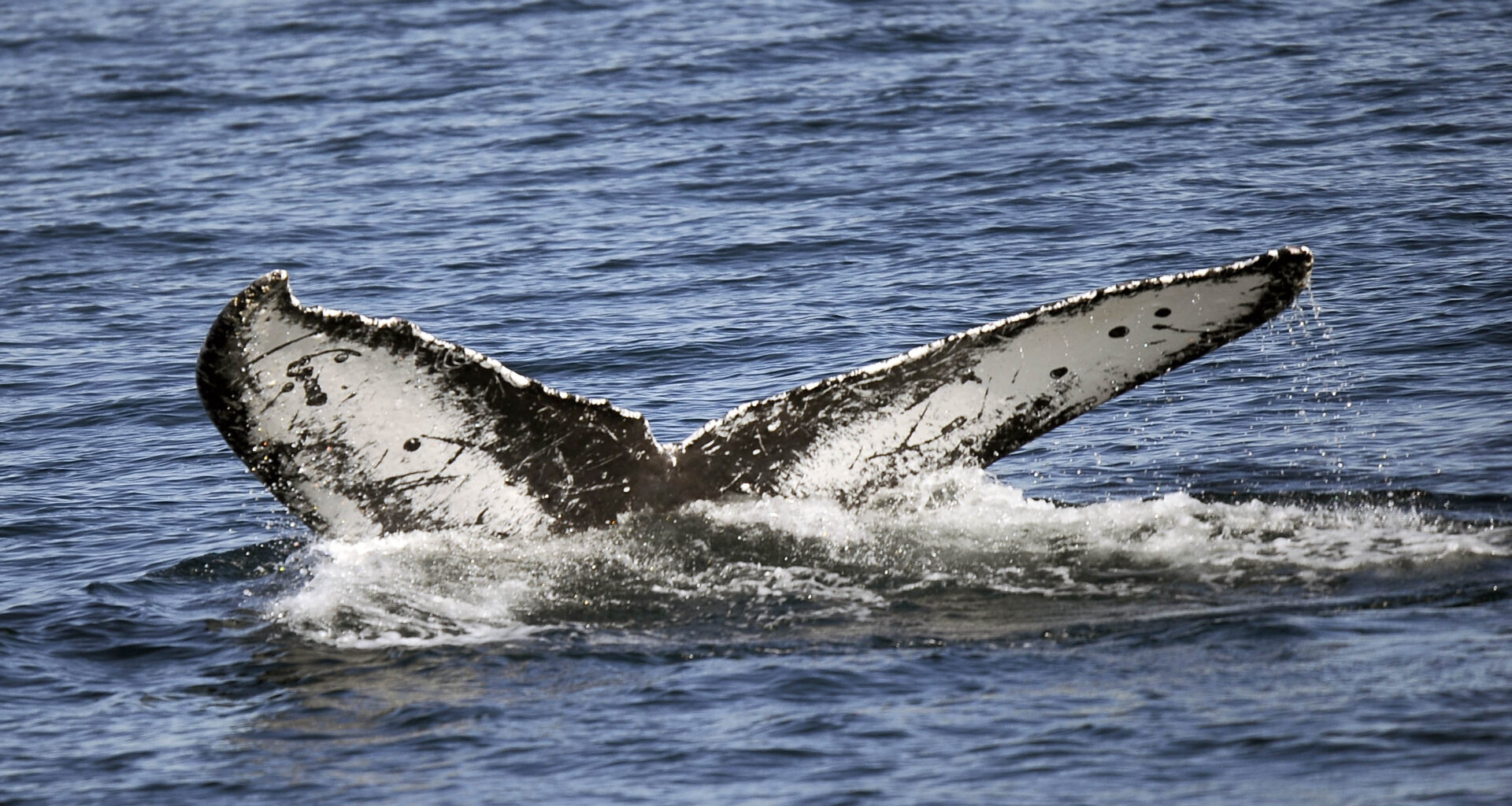Researchers detected a drop in blue whale songs off the coast of California following a marine heat wave.
A six-year study by the Monterey Bay Aquarium Research Institute (MBARI) showed songs detected were the lowest in 2015, following the climate event known as the “Blob.”
Detection of whale songs has since increased, but blue whale songs remain notably lower than humpback whale songs detected, which the researchers believe indicate the species may be more vulnerable to ocean condition changes.
Newsweek has contacted the MBARI research team outside of regular working hours via email for comment.
Why It Matters
Whale songs provide key insight into ocean ecology and the health of whales, allowing scientists to make estimations on the prevalence of the species in certain areas, as well as how resilient different species are to ocean and habitat changes.
As fewer blue whale songs are being detected by the institute’s study, there is concern about how changing ocean conditions, likely caused by climate change, are impacting the species and what that will mean for biodiversity and whale numbers in the region.

File photo: a blue whale raises its tail above the water surface off the coast of Long Beach, California.
File photo: a blue whale raises its tail above the water surface off the coast of Long Beach, California.
Nick Ut/AP
What To Know
In 2015, the “Blob” heat wave covered the West Coast, resulting in elevated temperatures ashore, while krill and forage fish, vital sources of food for whales, declined and harmful algal blooms began to spread.
Fish species also moved northwards by hundreds of miles that year, showing a marked impact on how ocean temperatures affect migration patterns in sea life.
The decline in krill was particularly problematic for blue whales, as krill is their only food source, while humpback whales also eat small fish such as anchovies and sardines so had other food sources during that year.
The lack of food alongside the change in ocean conditions likely contributed to the drop in whale songs in 2015, as when krill and forage fish numbers increased in the third year of the study, whale songs started to increase as well, MBARI’s research indicates.
In the fifth year of the study, krill abundance was once again lower, as was the detection of blue whale songs, further emphasizing the link between krill availability and blue whale song detection.
As humpback whales had other sources of food, as forage fish remained abundant that year, detection of their songs continued to significantly increase.
Blue whales are forced to forage over a much larger geographic area when krill populations became depleted.
While food availability was highlighted as a key factor in song detection, the researchers also note there are likely a number of other factors such as changes in local population abundance and the timing of their annual migration contributing to the changes in song detection.
What People Are Saying
John Ryan, a biological oceanographer who leads MBARI’s Ocean Soundscape Team and was the lead author of this new study, said: “Analyzing baleen whale songs has revealed year-to-year variations that reflect changes in the availability of the species they forage on. These findings offer vital clues about how resilient different whale species may be in the face of changing ocean conditions.”
He added: “As the ocean changes, some species will be more affected than others. Compared to humpback whales, blue whales in the eastern North Pacific may be more vulnerable due to not only a smaller population size but also a less flexible foraging strategy. These findings can help scientists and resource managers predict how marine ecosystems and species will respond to climate change.”
What Happens Next
The researchers have emphasized how listening to whale songs can reveal a significant amount of valuable information about different species, acting as a “window into their lives, their vulnerability, and their resilience,” meaning the data will provide further insight into how continued changes to ocean conditions impact whales.

